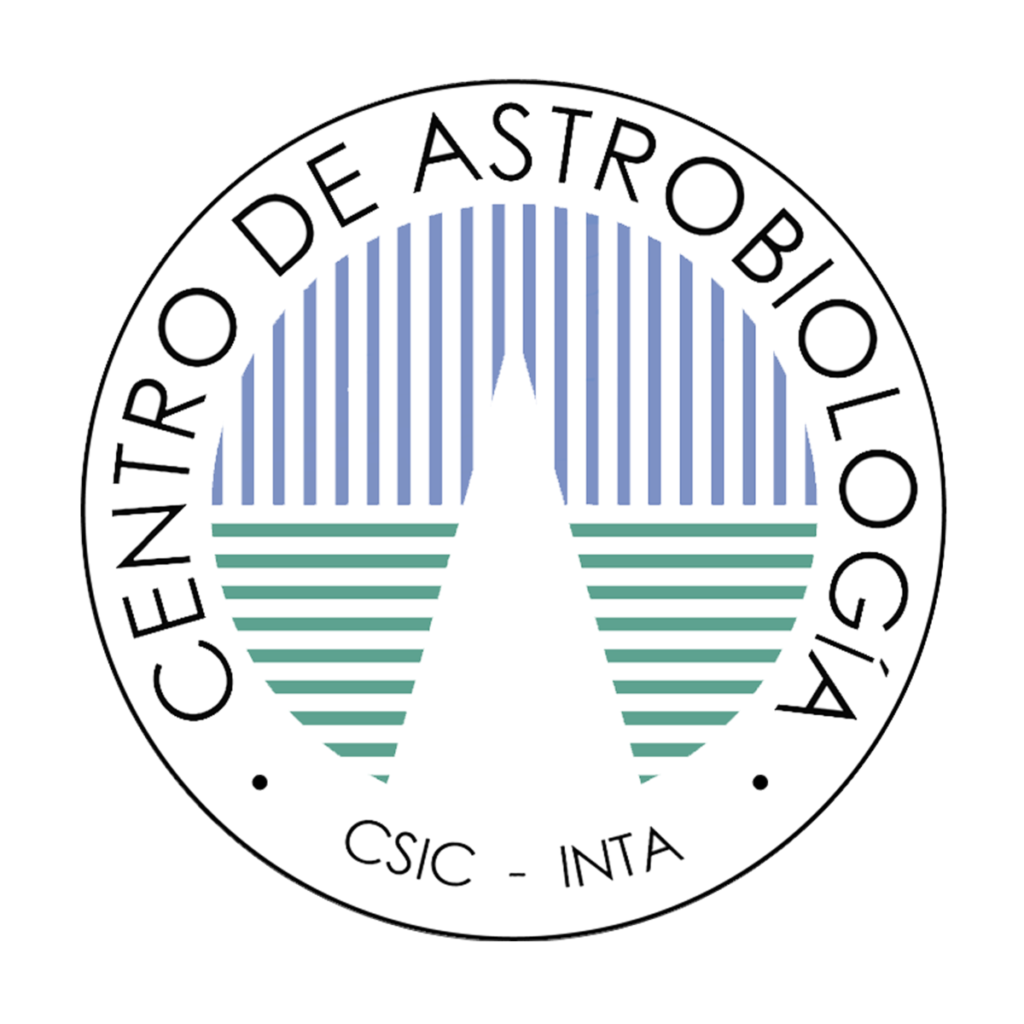

2023 – 2024

La ACADEMIA EAI es un programa educativo internacional organizado y difundido por el Centro de Astrobiología (CAB), CSIC-INTA, Madrid, con el apoyo del Instituto Europeo de Astrobiología (EAI). Proporciona un marco para reunirse en línea con la comunidad internacional de astrobiología y adquirir conocimientos interdisciplinarios a través de una serie de seminarios impartidos por expertos en estos campos. La audiencia de la Academia se conecta desde más de 32 países y todos los continentes, con una participación media de 120 asistentes por seminario. Las ediciones anteriores son accesibles a través del canal youtube del CAB (2021-2022, 2022-2023).
El programa de la Academia EAI para el curso 2023-2024 comenzará este 4 de octubre. Los seminarios se ofrecen de forma gratuita y se retransmiten online vía zoom cada dos semanas los Miércoles de 15:00 a 16:00 CET (hora de Madrid). Las charlas serán impartidas por expertos de renombre mundial, que responderán a las preguntas planteadas por el público tras su intervención. Todos los seminarios serán grabados para su futura disponibilidad en el canal youtube del CAB.
Al final del curso académico, el CAB otorga un certificado de participación a quienes asistan a un mínimo de 10 seminarios. Para que podamos hacer un seguimiento de la asistencia, deberá introducir su nombre y afiliación en el chat del seminario cuando entre en la sala (Zoom).
El registro está cerrado.
Dr. Armando Azua Bustos
Centro de Astrobiología (CAB), INTA-CSIC, Madrid
Spain
Dr. Marta Ruiz-Bermejo, Centro de Astrobiología (CAB), Madrid, Spain
October 4th, 2023
Dr. Nora Noffke
Old Dominion University, Norfolk, Virginia
USA
November 15th, 2023
Dr. Silvana Pinna
Institut de Science et d'Ingénierie Supramoléculaires (ISIS), Université de Strasbourg, Strasbourg
France
February 7th, 2024
Dr. Nadia Balucani
Dipartimento di Chimica, Biologia e Biotecnologie, Universita' degli Studi di Perugia, Perguia
Italy
February 21st, 2024
Dr. Lena Noack
Planetary Geodynamics, Institute of Geological Sciences, Freie Universität, Berlin
Germany
April 3rd, 2024
Dr. Juan Pérez-Mercader
Senior Research Fellow, Harvard University. Cambridge, Massachusetts. USA & Profesor de Investigación in Spain's National Research Council (CSIC)
Spain
April 24th, 2024
Dr. Ludmila Carone
Space Research Institute (IWF), Austrian Academy of Sciences, Graz
Austria
May 29th, 2024
Fulvio Franchi
Università degli Studi di Bari - Aldo Moro
Italy
June 12th, 2024






